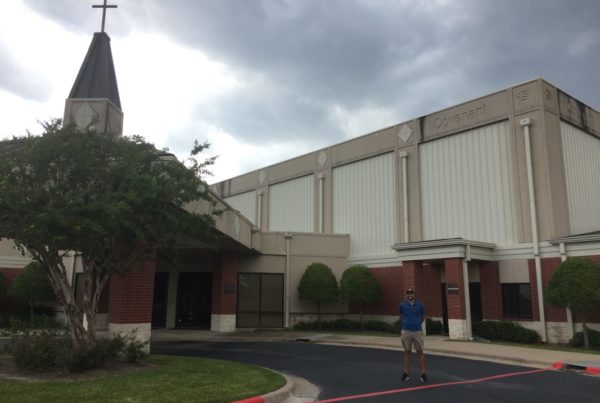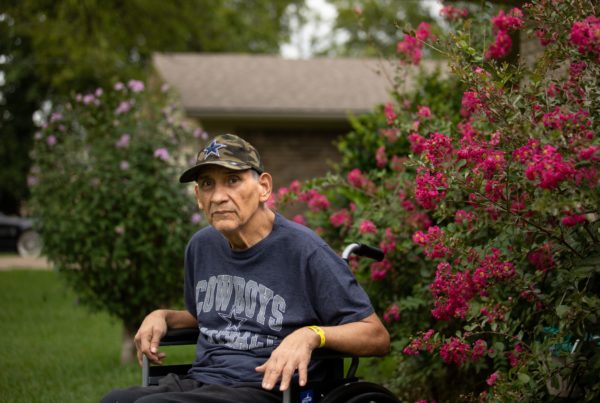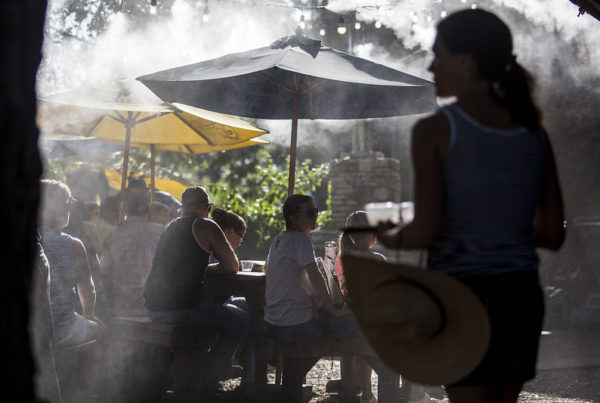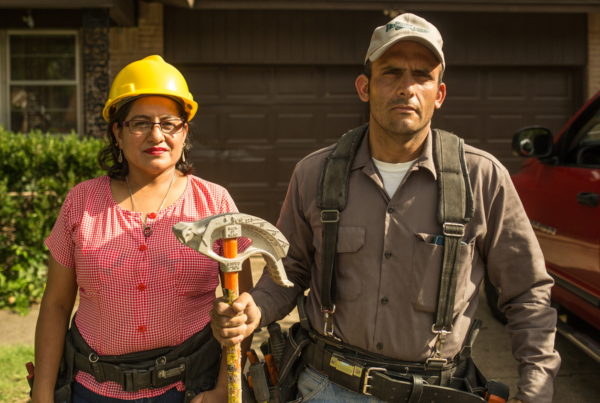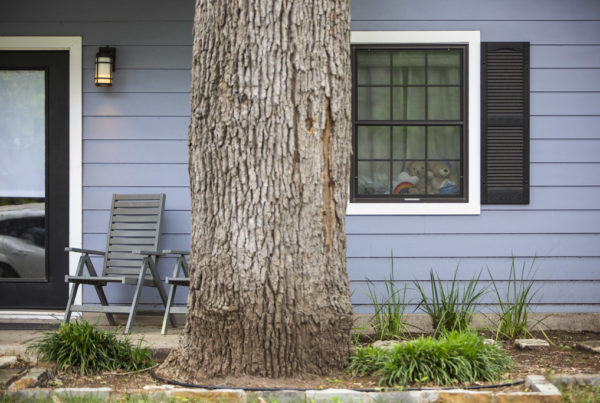In this installment of Ask a Doctor, UT Health San Antonio physician Dr. Fred Campbell answers more of Texas Standard listeners’ most pressing questions about the coronavirus.
What COVID-19 symptoms should I look at for if my child is going back to school in person?
Going back to school in person isn’t ideal, Campbell said, because kids can easily spread the coronavirus to family members and those with high risk of developing complications from COVID-19.
But if your child does contract the disease, they’ll likely have mild symptoms – usually a fever, fatigue and a dry cough. They may also have a sore throat or headache, and even a loss of taste or smell in some cases.
There can be very rare exceptions, with some children developing more serious complications from the virus. But Campbell said, “in general, if people are not having shortness of breath, they typically run a mild course.”
What about Halloween? Can I let my kids go trick-or-treating?
Campbell said the city of San Antonio, for example, is evaluating how well social distancing practices worked over the Labor Day holiday to determine whether Halloween celebrations could be safe. If you do end up sending your kids out, Campbell said it’s best to let the older ones go and leave the younger ones – who are less likely to wear masks – at home this year. You could even consider costumes that have facial coverings built in. But that’s not a replacement for social distancing.
“It could be a fun thing, but everybody has to be, still be, very aware of the potential problems,” he said.
Once a COVID-19 vaccine does become available, how will I know if it’s safe or effective?
A good vaccine will have at least an 80% efficacy rate, Campbell said. That means it triggers the production of antibodies in at least 80% of people who take it. Then, if at least three-quarters of the population takes that vaccine, it has the potential to create herd immunity over time. That could be key to stopping the pandemic.
“[Herd immunity] can really, really, dramatically drop the chance of getting further infection,” he said.
Herd immunity through vaccination is not the same as herd immunity through natural infection, which health experts say is dangerous strategy for managing COVID-19 outbreaks.






